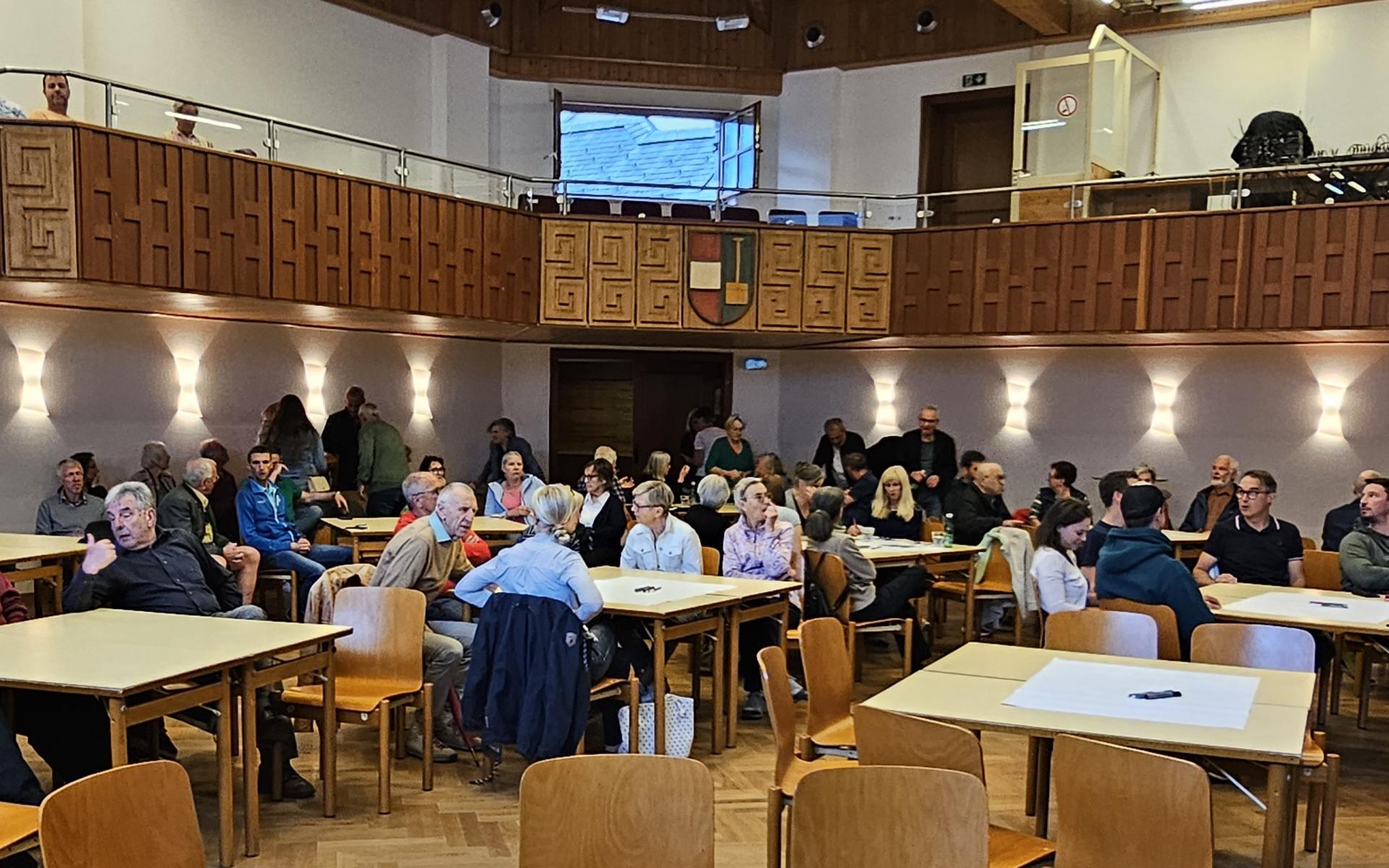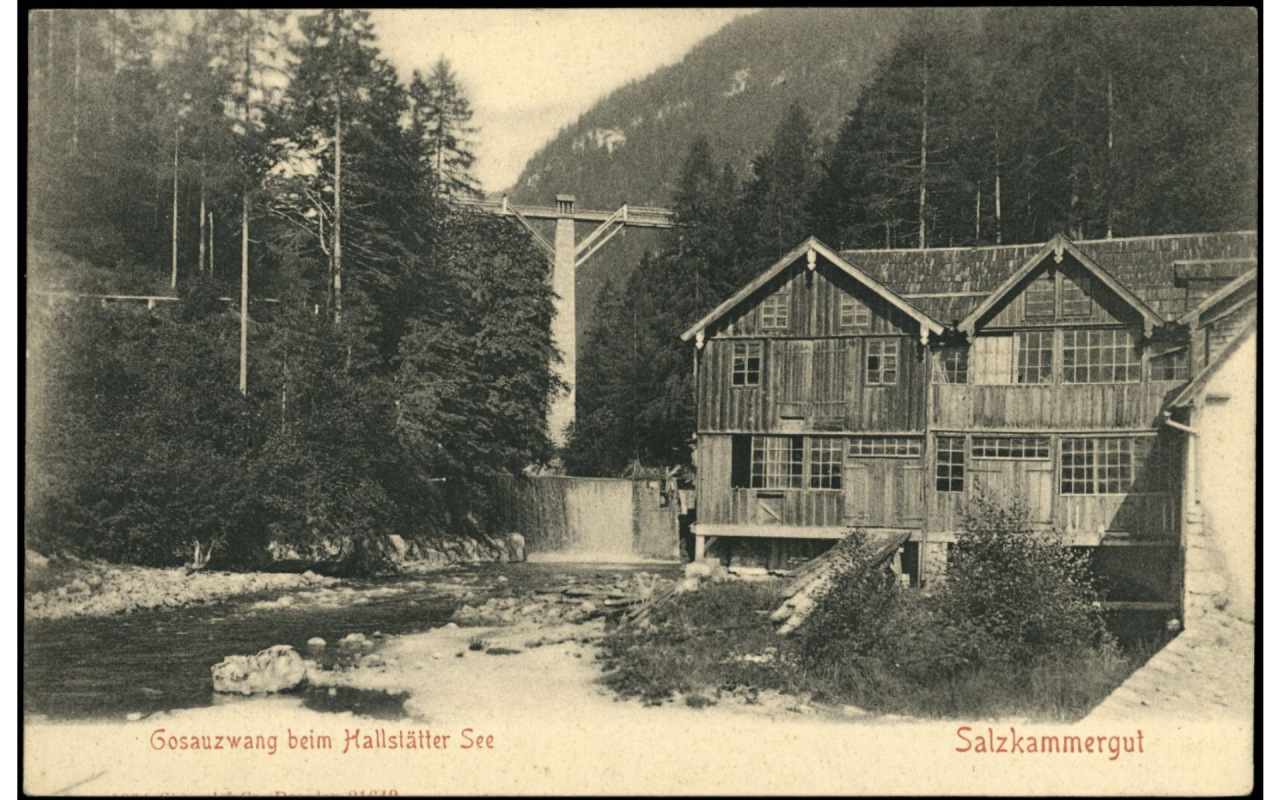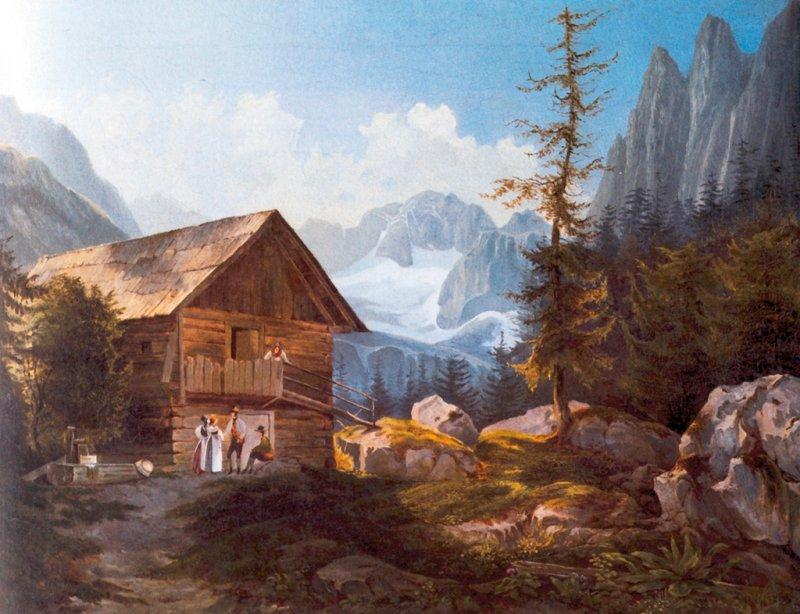
Preserving Heritage Together
Creating a living archive, strengthening regional identity, and documenting natural heritage through citizen participation.
History and Identity

Identity is an important part of culture, shaped through shared history. Documenting contemporary history—especially the past century—is complex.
The initiative “Preserving Heritage Together” brings together efforts to record regional history, strengthen identity, document natural heritage, and create a living archive that continues the story of the Salzkammergut’s history and natural environment together with its residents.
The handover of the Fettinger photo archive to the Heimatverein Bad Goisern was the catalyst for the municipalities of Bad Goisern, Hallstatt, Gosau, and Obertraun to implement Topotheken. These multimedia online archives allow historical materials from private households in a region to be collected, preserved, and made freely accessible.
The World Heritage Management Association is tasked with preserving cultural and natural heritage, establishing the framework for its protection, and encouraging citizen participation. The association is also developing a scientific cultural landscape register.
Both platforms ensure a dynamic and sustainable documentation of cultural and natural heritage. Joint calls for citizen participation, shared resources, and the collaborative collection and storytelling of regional history—including intergenerational exchange—strengthen local identity and foster awareness of the region.
Collection of contemporary documents

Formation of Citizen Science Teams in the participating municipalities
Information and collection events (collection cafés, World Heritage Days)
Research days (field trips and guided walks)
Cooperation with schools – school workshops
PR activities (exhibitions)
Procurement and setup of technical equipment and licenses
Expert guidance
Professional classification (social history, architectural heritage, traditions, World Heritage)
Tagging and indexing (thesauri)
Objectives
- Co-created mobile exhibition
- Project website and event dates via the World Heritage website (https://www.welterbe-salzkammergut.at) and partner institutions, as well as content on salzkammergut.topothek.at
Activities scalable according to the availability of own funds and funding under the LEADER program.
Benefit for everyone
Goals
- Establish a successful citizen participation process for collecting and preserving cultural assets (images, photos, documents, World Heritage objects)
- Involve as many social groups as possible (diversity), across generations: students, long-term residents, migrants, seniors, workers… as well as associations
- Build a network of history-interested individuals
- Create a permanent, publicly accessible documentation of existing cultural and natural elements in the region (photos, records, World Heritage elements)
Benefits
- Make the past visible through education, exhibitions, and publications
- Better protection, preservation, and monitoring of cultural and natural heritage
- Insights into the significance of the cultural landscape and natural environment
- Central registers of all cultural and natural elements (photos, documents, alpine pastures, natural landscapes, bridges, buildings, drying huts, landscape surveys…)
- Outreach – models and methods can also be applied in other parts of the Salzkammergut and, for the WHEIM, in other World Heritage sites
- Sustainability – embedding in World Heritage management ensures long-term operation and use, development of follow-up projects, and further fundraising. Developed school workshops are to be integrated into the regular curriculum, and the educational content will be made available.
Cultural and Natural Heritage Made Accessible, Alive, and Actively Preserved
Especially today, much heritage remains unseen—either because it has not yet been researched in the landscape or because no archive has been available for private collections. This initiative collects and documents such heritage.
The region gains an actively managed cultural heritage archive, operated together with local residents, in the form of the Topotheken and the WHEIM. The initiative specifically addresses cross-cutting goals and the weaknesses identified in Action Fields 2 and 3 of the LAG Kulturerbe Salzkammergut Regis—for example: lack of networking, youth involvement, and intergenerational, unifying projects.
Citizen participation processes will make a crucial contribution to raising awareness about archives, museums, and the communication of cultural heritage. Especially for younger audiences growing up with social media, it is important to foster an understanding of preserving memories, traditions, and cultural (World) heritage. The project, with its transversal approach to tangible and intangible heritage, serves as a model.
The project is being implemented as part of the “LEADER – Implementation of the Local Development Strategy” (77-05) funding measure of the CAP Strategic Plan 2023–2027. We would like to take this opportunity to express our sincere thanks to the dedicated team at REGIS – Regional Development Inner Salzkammergut.
